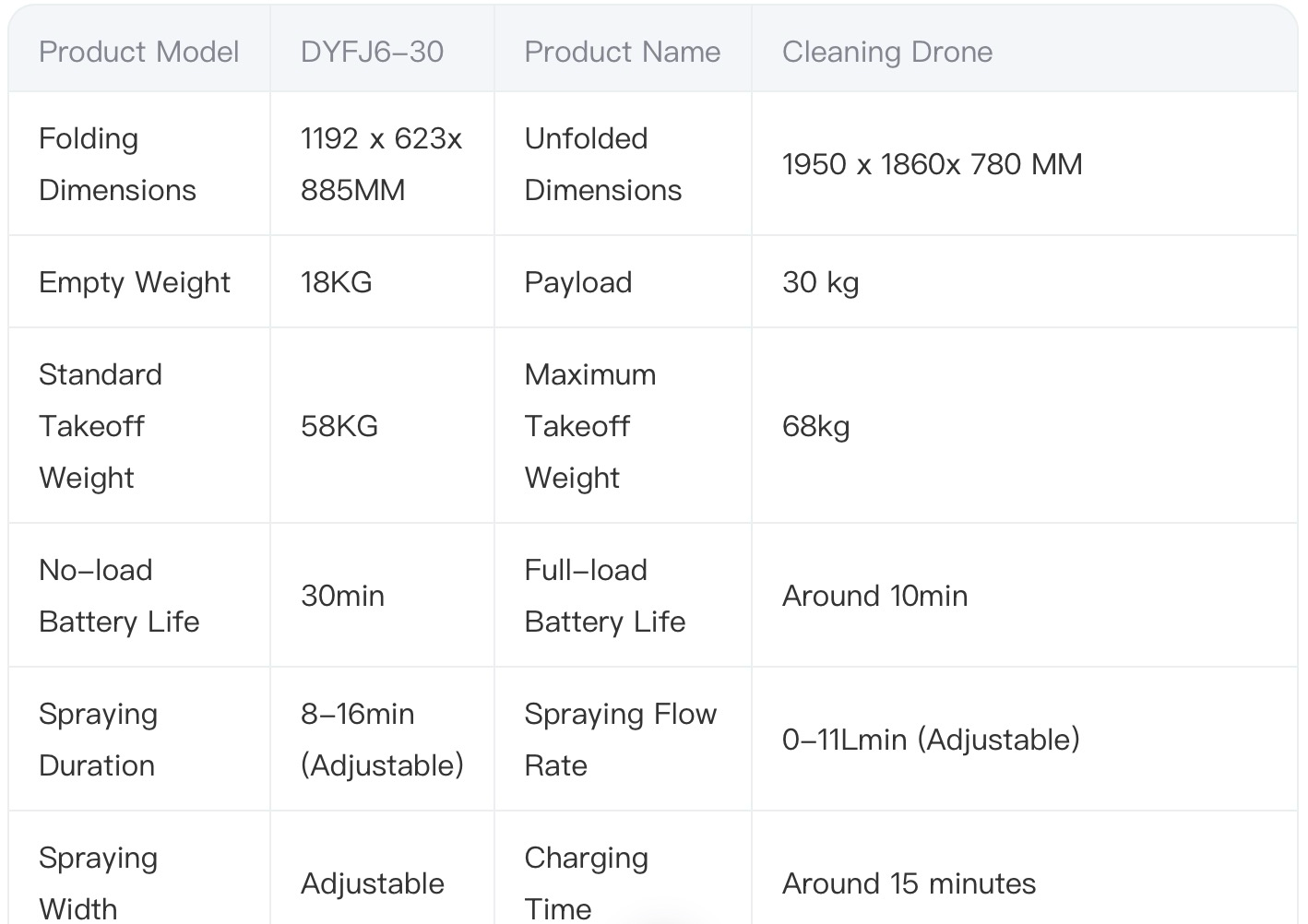The cleaning drone supplier offers most advance drones with cleaning equipment, It is designed to revolutionize maintenance on various surfaces such as windows, facades, solar panels and roof top. These cleaning drones use high pressure water system with soft wash or chemical wash techniques to clean effectively without damaging the surface. It is equipped with water tanks and sophisticated water systems, they can deliver precise cleaning through multi angle nozzles that can clean easily at high altitudes. The remote control capabilities with user friendly functions allow operators to manage cleaning operations safely from the ground, it significantly enhance work safety by reducing the need of man power in hazardous environments. Although, portable and vehicle mounted systems increase deployment flexibility, while the drones efficiency drastically cuts labor cost and cleaning time, making them a cost effective solution for large scale and hard to reach surfaces. Overall, cleaning drone suppliers provide cutting edge technology that combine safety, efficiency and versatility to meet modern infrastructure cleaning demand. At Doryang we supply all types of drones in bulk quantity from China.
Common
applications include:
. Building exteriors: Cleaning windows, facades, or solar panels on skyscrapers.
. Industrial sites: Removing dust or debris from pipelines, tanks, or machinery.
. Public spaces: Sweeping streets, parks, or stadiums.
. Water bodies: Collecting floating waste in lakes, rivers, or oceans.
. Indoor environments: Disinfecting hospitals or large facilities (sometimes using
ground-based drones).
Key
advantages:
· Safety: Reduces risks for workers in high-altitude or hazardous areas.
· Efficiency: Covers large areas quickly and operates 24/7 in some cases.
· Precision: Uses sensors and AI to target specific areas or contaminants.
Examples include drones with rotating brushes for window
cleaning, UV-C light drones for disinfection, or aquatic drones with nets for
trash collection. They often integrate GPS, obstacle-avoidance systems, and
remote-control interfaces for human oversight.

Contact Us to Get Best Prices from Cleaning Drone Supplier
Email: jack@doryang.com
